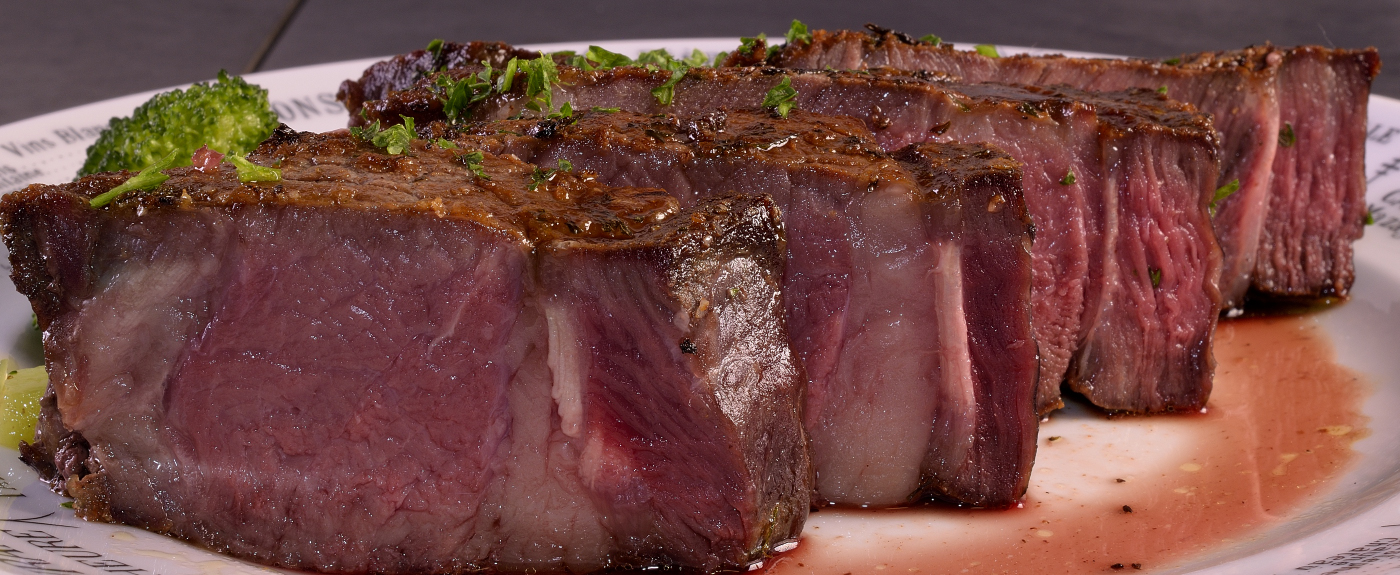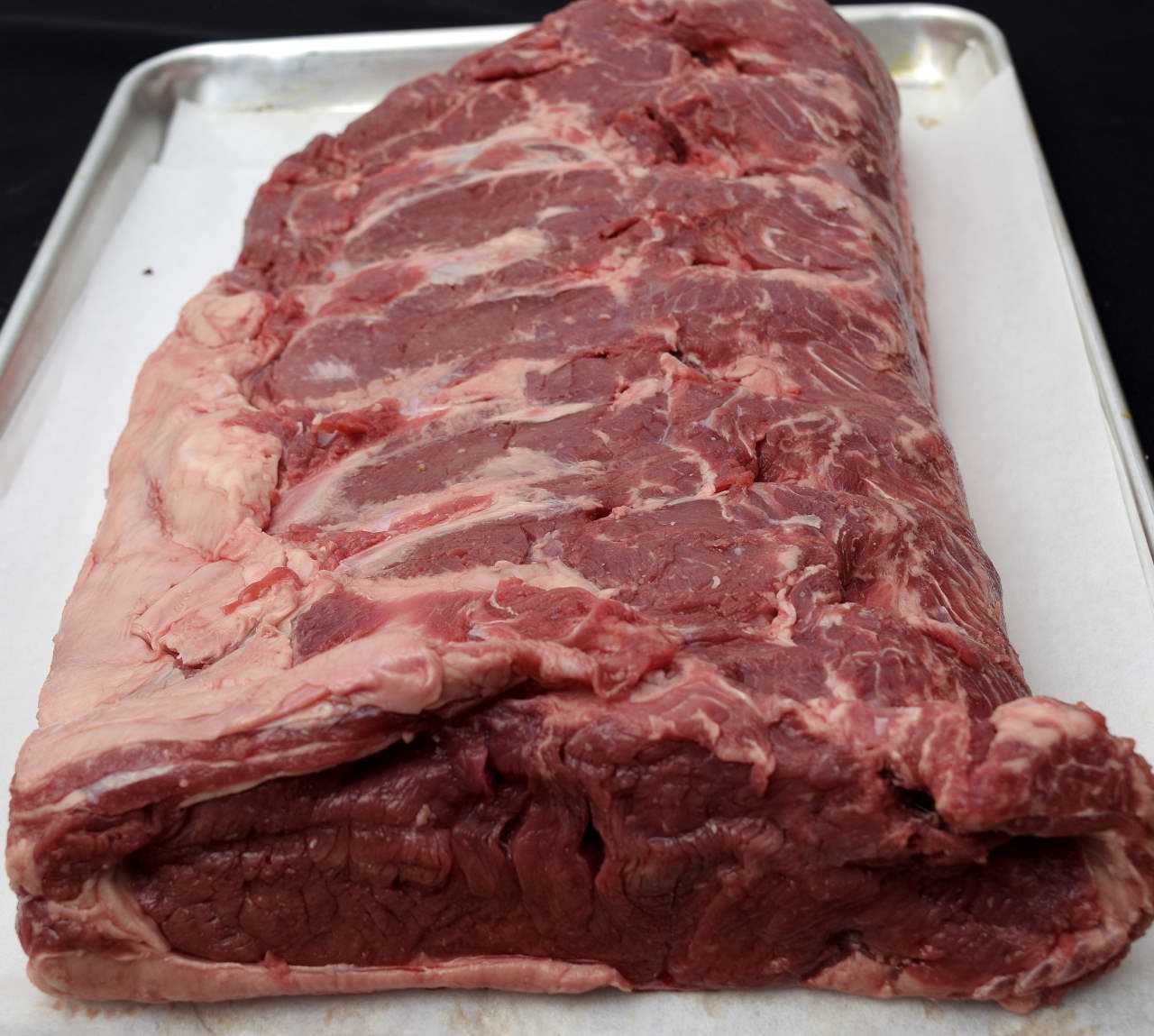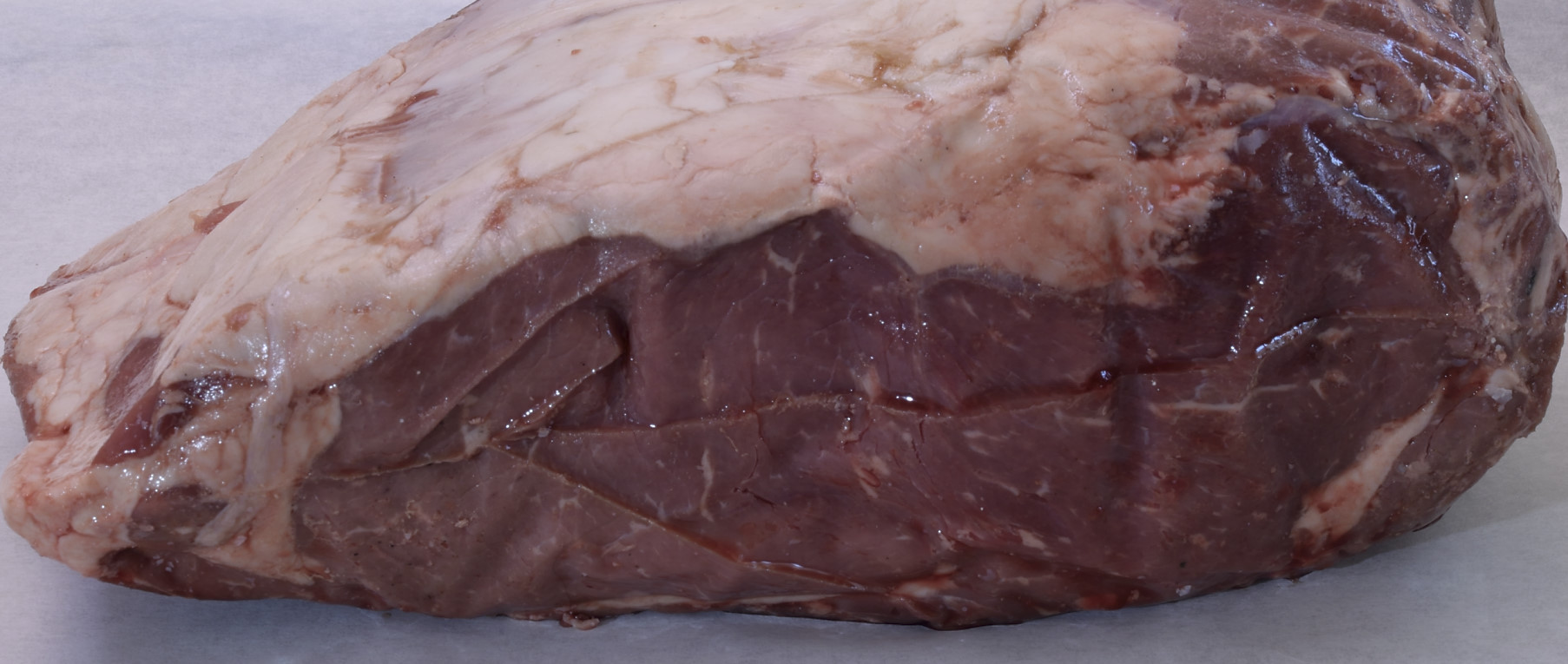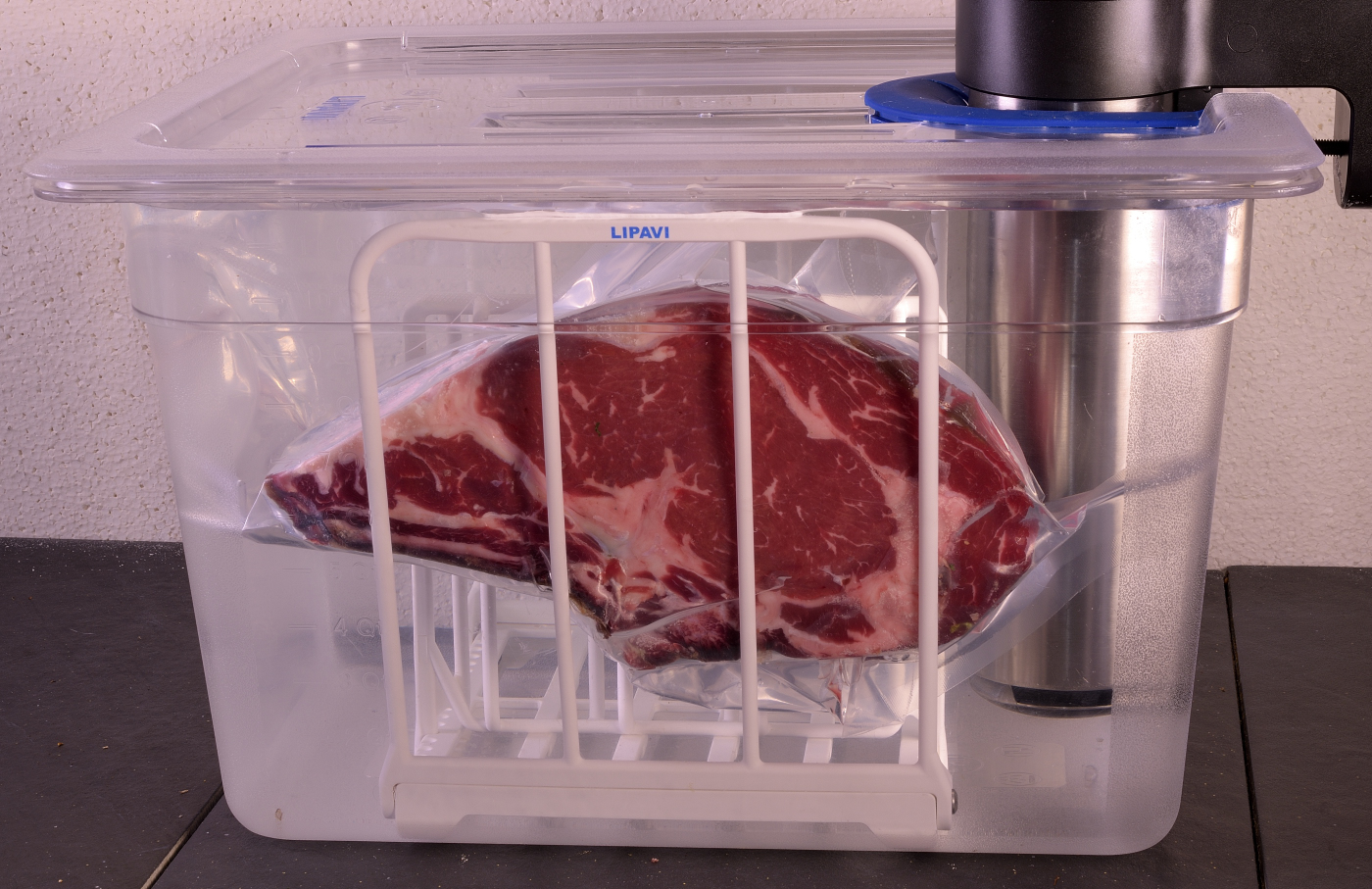Sous Vide: STEAKS: Choosing, Preparing, Seasoning and Searing

About
Since filets, rib eyes and New York strips are inherently tender, sous vide preparation of these cuts is prompt and almost effortless.
Ingredients
Beef tenderloin/filet, ranging from 4-12 oz, 120-350 g.
Beef Rib eye, ranging from 10-24 oz, 280-700 g.
Beef strip loin/aka New York Steak, ranging from 8-16 oz, 225-475 g.
Typical seasonings
Powdered egg white (or fresh).
Kosher salt, approximately 2 teaspoons per lb./450 g.
Ground black pepper, as preferred.
Butter, approximately 1 oz/30 g per lb./450 g.
Equipment requirements
Immersion circulator, portable or stationary.
Heat rated container, minimum of 2 gallons/8 liters.
Lipavi L10 rack or larger.
Heat rated sous vide bags.
Cast-iron grill pan, and/or
Thick bottomed skillet, approximately 12"/35 cm.
Infrared thermometer.
Instructions
Procedures:
Selection Beef tenderloin. (psoas major) This long, tapering cylindrical muscle is part of the hind quarter and runs parallel to the New York strip loin. It is the most tender of all the steaks. The New York is on the outside (skin side) of the short loin. The tenderloin/filet is on the inside, adjacent to and protective of the kidneys.
Beef tenderloin. (psoas major) This long, tapering cylindrical muscle is part of the hind quarter and runs parallel to the New York strip loin. It is the most tender of all the steaks. The New York is on the outside (skin side) of the short loin. The tenderloin/filet is on the inside, adjacent to and protective of the kidneys.  Beef strip loin, aka New York steak. (longissimus) Also part of the hind quarter, the New York/strip loin extends from the tail end of the rib eye to the rump. The first cut of a New York steak looks almost exactly like the last cut of the rib eye--they are actually the same muscle. A New York with bone attached is called a T-bone. A New York steak that is connected to the tenderloin by bone is called a Porterhouse.
Beef strip loin, aka New York steak. (longissimus) Also part of the hind quarter, the New York/strip loin extends from the tail end of the rib eye to the rump. The first cut of a New York steak looks almost exactly like the last cut of the rib eye--they are actually the same muscle. A New York with bone attached is called a T-bone. A New York steak that is connected to the tenderloin by bone is called a Porterhouse.  Beef rib eye. ( longissimus dorsi, complexus and spinalis) This muscle is an extension of the same muscle of which the strip loin is composed, or vice versa depending on your view point. The rib eye section begins just behind the shoulder and proceeds to about half way down the spine. It connects to the front seven bones of the rib cage. It then becomes the New York strip and proceeds to the rump of the animal. When still connected to the rib bones, a roast composed of the entire muscle is commonly referred to as "prime rib."
Beef rib eye. ( longissimus dorsi, complexus and spinalis) This muscle is an extension of the same muscle of which the strip loin is composed, or vice versa depending on your view point. The rib eye section begins just behind the shoulder and proceeds to about half way down the spine. It connects to the front seven bones of the rib cage. It then becomes the New York strip and proceeds to the rump of the animal. When still connected to the rib bones, a roast composed of the entire muscle is commonly referred to as "prime rib." 